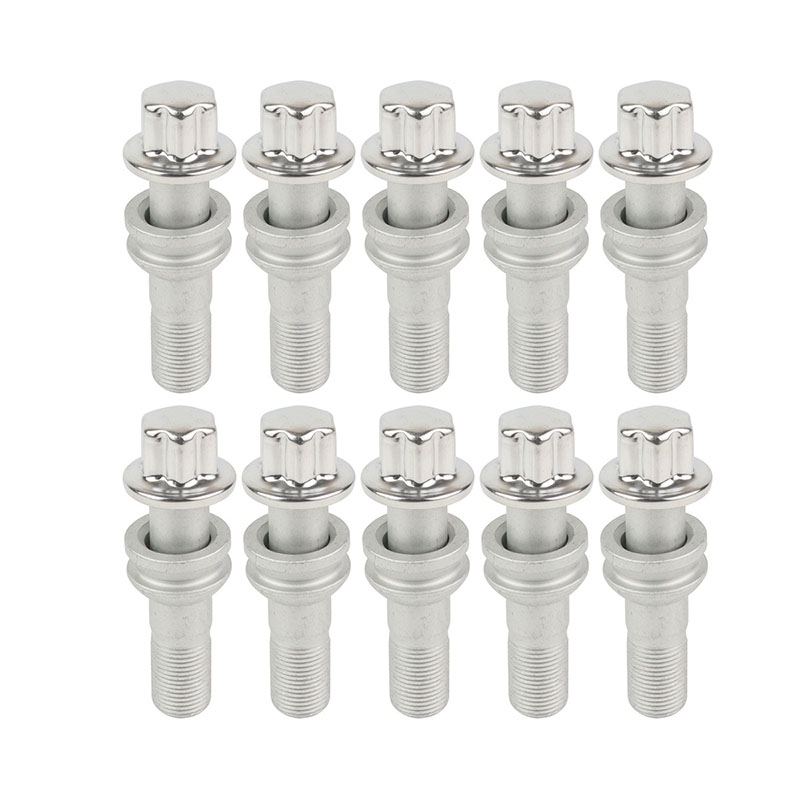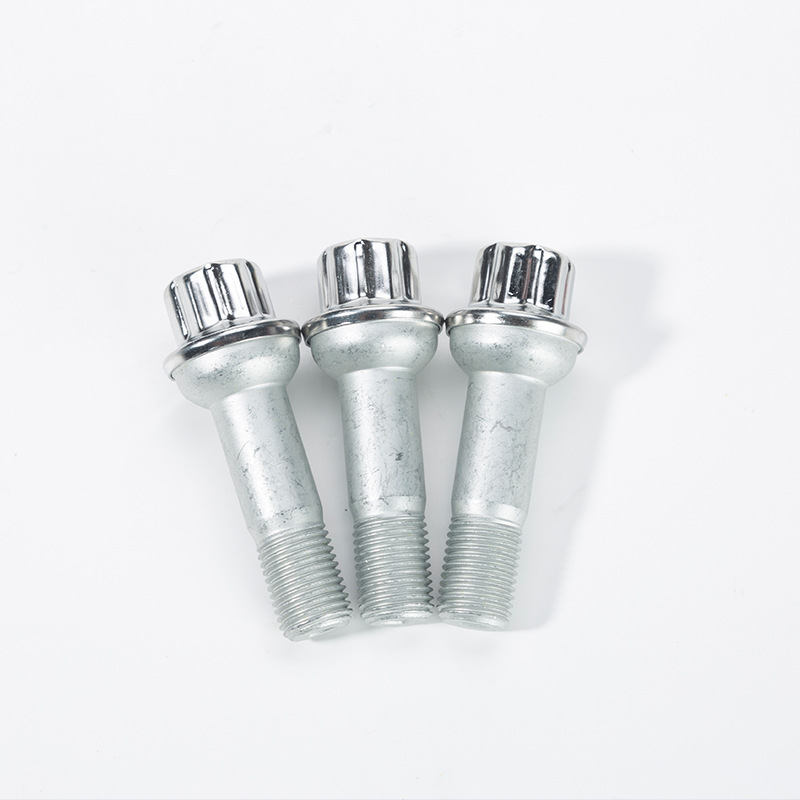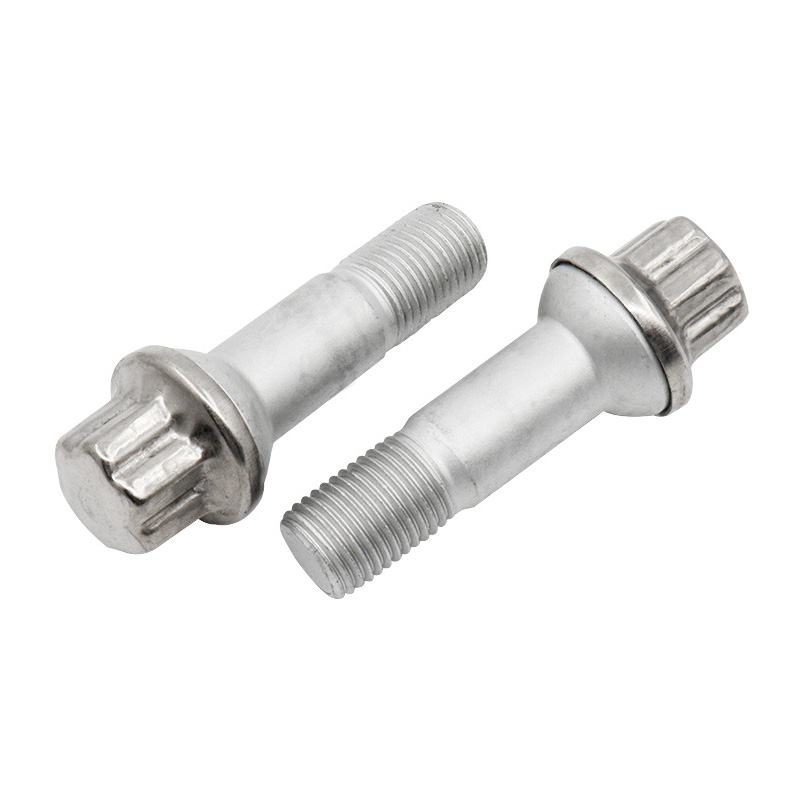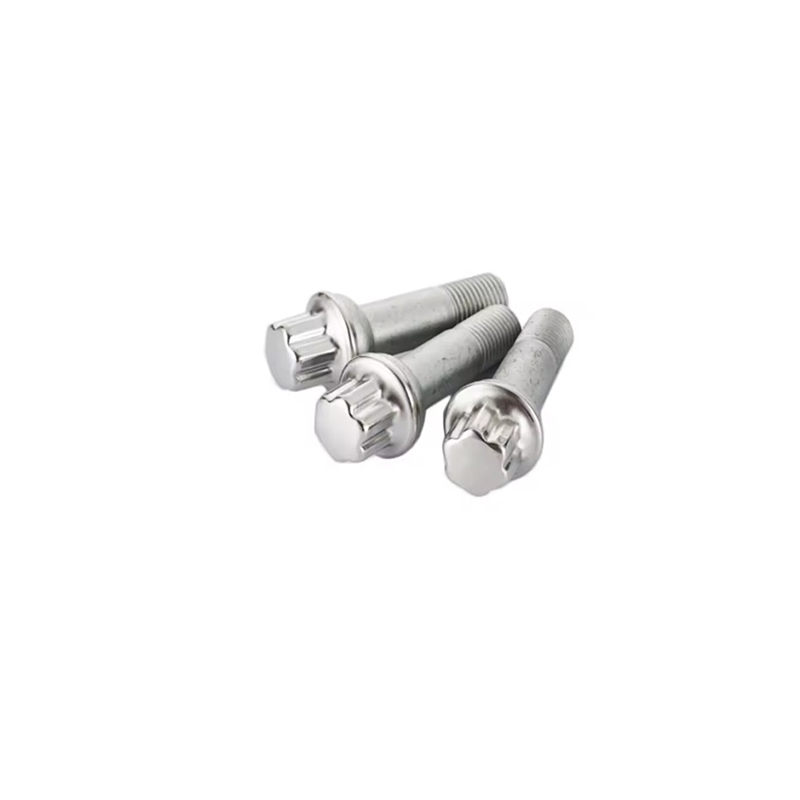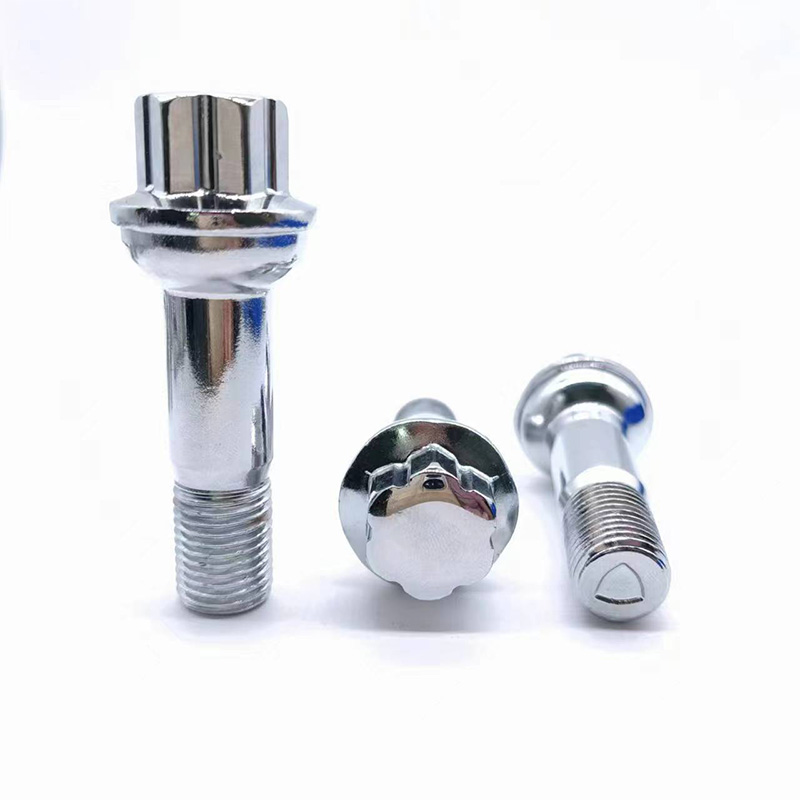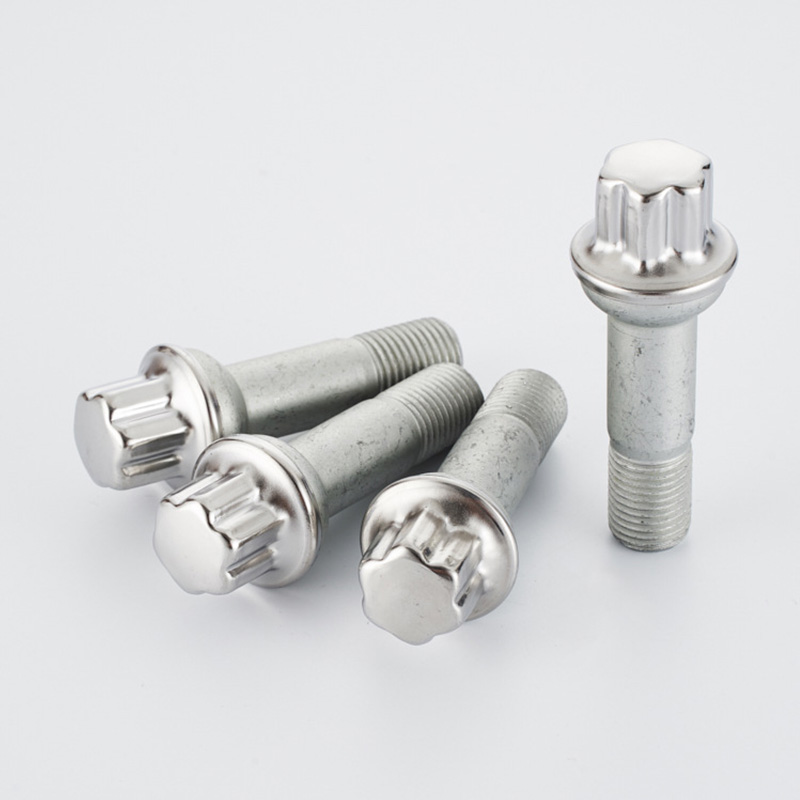Industry Grade Hexalobular Head Flange Bolts
Send Inquiry
The freight pricing for Industry Grade Hexalobular Head Flange Bolts is reasonable. The greater the order quantity, the larger the discount. For domestic orders, if the order amount exceeds $500, free delivery service is usually available. For international air freight, for small packages weighing less than 5 kilograms, the freight starts to be calculated at around $25.
Shipping by sea is the most cost-effective way for each bolt transportation, especially for large batch orders - for goods weighing over 500 kilograms, the freight can even be as low as $0.5 per kilogram. We will negotiate with shipping companies to obtain lower rates and pass on the savings to you. You can also combine orders into one shipment to further save on freight, which helps enterprises reduce costs.
Product Details
We carefully pack the Industry Grade Hexalobular Head Flange Bolts to ensure they remain intact during transportation. First, we categorize them by size and quantity. Then, we place them in sturdy cardboard boxes or plastic boxes and fill the interiors with foam or bubble wrap to prevent them from moving.
For larger orders, we use pallets tightly wrapped with stretch film and straps to secure all the items. Each package is equipped with a small bag for absorbing moisture and preventing rust. The outer packaging labels clearly indicate the types of internal items, the number of bolts, and any special handling instructions.
With its excellent damage-proof design, this packaging can fully protect the goods and ensure that the bolts arrive at the destination in good condition regardless of the mode of transportation.
Installation Instructions
When tightening Industry Grade Hexalobular Head Flange Bolts, you must first understand its material and size, and then combine it with actual usage needs to know how to tighten it properly. Taking common application scenarios as an example, the tightening force required for stainless steel bolts is generally smaller than that for alloy steel bolts. The core purpose is to prevent the threads from being damaged due to excessive force.
Take an M10 screw, for example. If it's made of stainless steel, a force of 35 to 40 Newton meters is just right when tightening it. However, if you use an alloy steel screw of the same size, you'll need to use a force of 50 to 55 Newton meters.
It is always best to refer to the manufacturer's instructions or follow industry standards like ISO 898 to ensure that you tighten them to the appropriate degree - neither too loose nor too tight.
| Mon | 3/8 | 7/16 | 1/2 | 9/16 | 5/8 | 3/4 | 7/8 | 1 | 1-1/8 | 1-1/4 | 1-3/8 |
| P | 16|24|32 |
14|20|28 |
13|20|28 |
12|18|24 | 11|18|24 | 10|16|20 | 9|14|20 | 8|12|20 | 7|12|18 | 7|12|18 | 6|12|18 |
| e | 0.431 | 0.499 | 0.571 | 0.645 | 0.715 | 0.86 | 1 | 1.138 | 1.25 | 1.42 | 1.562 |
| k max | 0.394 | 0.472 | 0.515 | 0.551 | 0.63 | 0.787 | 0.866 | 1.063 | 1.181 | 1.299 | 1.417 |
| k min | 0.384 | 0.462 | 0.505 | 0.541 | 0.62 | 0.777 | 0.856 | 1.053 | 1.171 | 1.289 | 1.407 |
| dc min | 0.55 | 0.642 | 0.735 | 0.828 | 0.921 | 1.107 | 1.293 | 1.479 | 1.665 | 1.852 | 2.038 |
| dc max | 0.562 | 0.656 | 0.75 | 0.844 | 0.938 | 1.125 | 1.312 | 1.5 | 1.688 | 1.875 | 2.062 |








